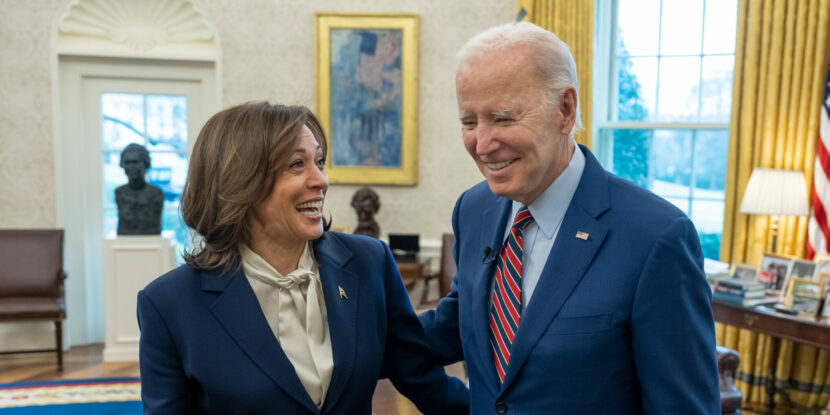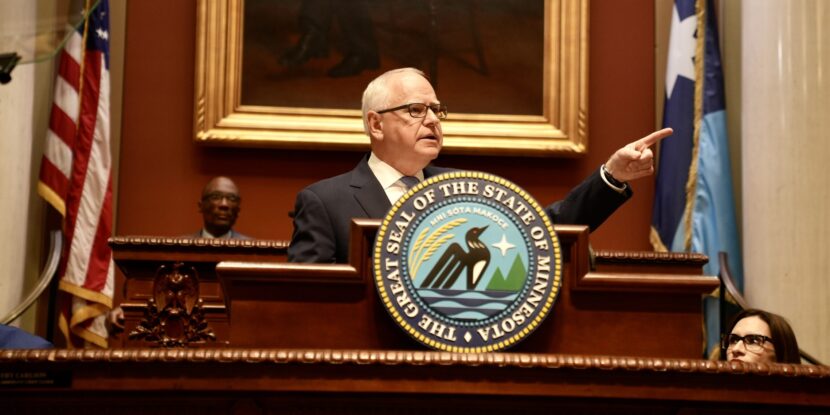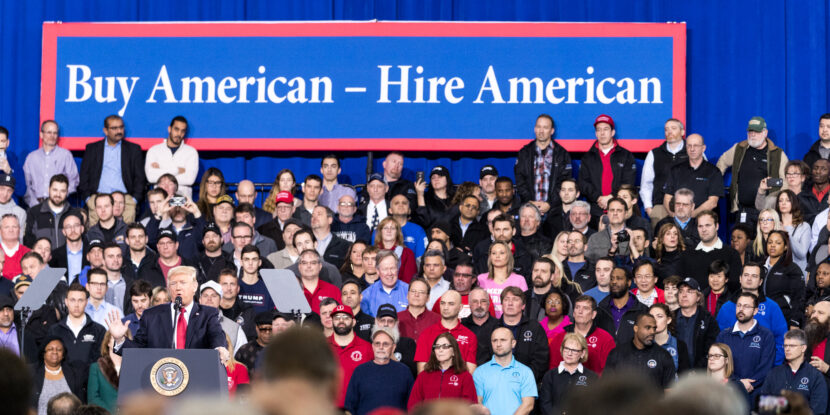U.S. manufacturing took a significant hit in September, shrinking by 0.4 percent, far worse than the expected 0.1 percent decline, pushing manufacturing output down 0.5 percent year-over-year. Under the Biden-Harris government, this trend dragged overall U.S. industrial production down by 0.3 percent month-over-month and 0.6 percent year-over-year, the weakest since April. This economic stumble follows a downward revision of August’s figures.
Union workers have been restive under the Biden-Harris government, and a strike by aircraft machinists contributed to a 0.3 percent reduction in industrial production, according to the Federal Reserve. Aerospace equipment production plunged by a staggering 8.3 percent, illustrating the vulnerabilities in critical industries under the current leadership.
Harris has weak support among union workers, and unions such as the Teamsters are breaking precedents by declining to endorse a candidate this year in deference to internal polling showing overwhelming support for Donald Trump.
Capacity utilization dropped to 77.5 percent, highlighting inefficiencies and underperformance in the nation’s industrial sector. The energy sector was not spared either, with mining and energy extraction sliding 0.6 percent. Only utilities saw a slight uptick—after three months of declines.
Critics argue that the Biden-Harris government’s policies have exacerbated economic instability, with the country’s sluggish economic performance being a direct consequence of “Bidenomics”—which the 81-year-old president has tied to his vice president, Democratic nominee Kamala Harris—rather than simply “transitory.”
Polls have consistently shown voters have more faith in Trump than Biden or Harris in terms of managing the economy and controlling inflation.




















